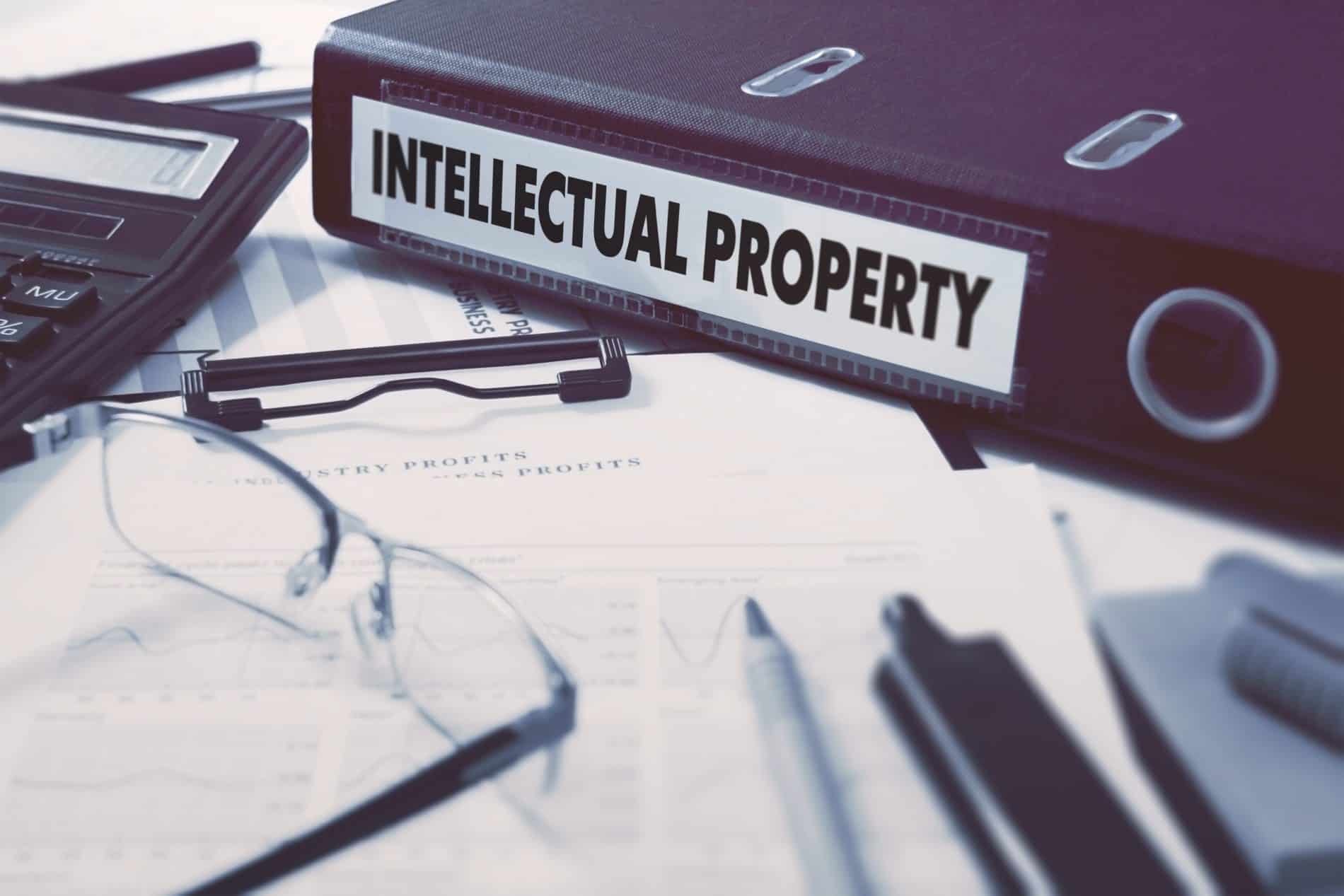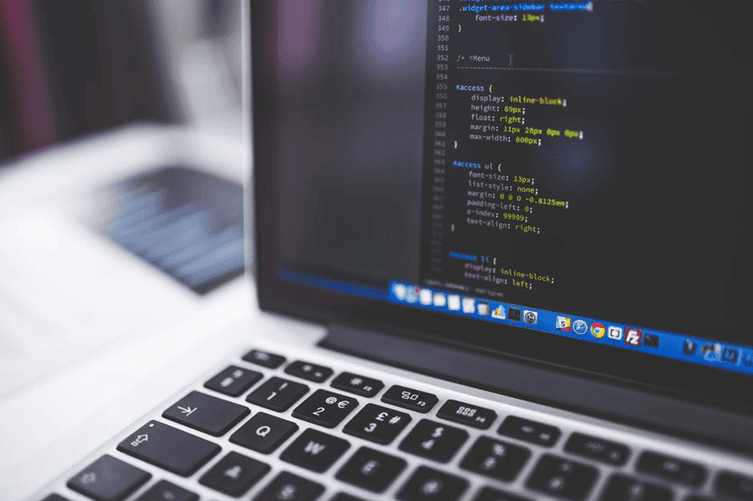How do You Protect Your Intellectual Property? Part 2
PART 2
In Part 1 we covered some of the things you need to do to start protecting your Intellectual Property. If you haven’t read it, click here to read.
Registering and recording copyrights
You know by now that you need a written agreement assigning you as the owner of the copyrights to any software your vendor creates for you.
However, just to make sure you’re safe, it’s a good idea to register your copyright with the government. This is really easy to do: you simply send an application form along with a hard copy of your source code (including a notice of copyright) along with a nominal fee.
Taking this extra step means your copyright is public record and gives you an extra advantage if someone tries to infringe on it. It’s also worth noting that if you don’t register your copyright and someone decides to register it in their name before you do, they are legally free to do so.
Both you and your vendor should record the copyright in each country associated with it. Don’t worry; it’s far less confusing than it sounds. For example, let’s say you hire an outsourcing vendor in India:
- First, the vendor assigns the copyrights to you.
- Then you register your copyright with the copyright offices in both the United States AND India.
That’s it; you should now have the full protection that can be afforded by the law.
Law is confusing so choose carefully
This might sound weird, but when it comes to intellectual property, there is a “choice of law.” In other words, if there is a dispute about ownership of your software, someone, usually a judge, will have to decide which country’s laws apply to the situation.
In most situations, local law will be applied to disputes but this isn’t always the case. To give a simple example from home, there is often the question of whether a situation falls under the jurisdiction of state law or US federal law.
To a certain extent, you can choose this yourself by deciding where you file your dispute. If you need to do so, make sure you evaluate whether the decision that’s passed will be valid in all countries concerned. For example, will the US honor a judgment made in your vendor’s country or vice versa.
You’re probably already aware that judges make their decisions based on precedent. That is, prior decisions made by other judges, articles, scholarly treatises, or whatever else. The idea is to make the law fair and predictable to stop people from filing in different places depending on the results they want.
In intellectual property disputes, judges tend to consider some or all of the following:
- Any laws from the jurisdiction with the biggest ties to the property.
- Laws from the jurisdiction where the property resides at the time of the dispute (usually this applies less for intangible assets like copyrights).
- Laws from the jurisdiction where violation or property rights harmed the plaintiff.
- If initial ownership is in question, then laws from the country where the property was created may be consulted.
While you might find it interesting to study this kind of thing, let’s be honest, you really don’t want to have to use any of it.
To make sure you never have to, be sure to hire an attorney with experience in international property law who can guide you through the process to prevent disputes before they happen.
When and how to use open source
These days most people even remotely involved with software are familiar with open source. Put simply, open source is the process of making the source code for an application or product available free.
Its popularity and success is actually testament to the efficiency of distributed development like outsourcing because most open source projects are built by contributors from all over the world.
Open source could even be an effective marketing tool for your new software.
Generally, there are two primary methods for creating open source software. The first is to enlist the help of collaborators from all over the world who are simply passionate about or have a need for the software being created.
The second method is to follow the normal process of software development and pay a team to build the application or product for you, but instead of charging people for it, offer it free under an open source license.
Many large and established firms support their engineers in creating open source products as a way of driving innovation. They are usually quite happy to pay their engineers to do so because if their customers adopt the resulting open source products, they can offer them hardware or supporting software as a way of making a profit.
The two ways to profit from open source
If you’re looking to profit from creating your own open source software or simply using open source code as part of your project, you need to be aware of how people profit from it.
There are two business models that work:
- Service and support – where you provide your software free, and simply offer customers the opportunity to purchase hardware or support services, to augment or improve their experience.
- Dual License – where you provide two versions of your software: one open source and one with a license fee. The open source version is restricted, however, in that if customers modify it or create a derivative, they must also make it open source. Whereas, if they pay a license fee, they are free to do as they wish.
Beware this open source pitfall
Using open source code can be very useful for cutting costs and speeding up your project without sacrificing quality. However, you need to be wary of breaching open source licensing agreements or you could end up with a serious legal problem on your hands.
Most of all you need to be aware of the Gnu General Public License (GPL) that while giving you permission to use, copy, and even distribute the software in question, requires any distribution or derivative to also use the GPL.
This has become known as the “copyleft” requirement. Effectively, it is the reverse of a copyright because it requires you to offer your software to the public free.
Of course, there are other open source licenses with much less restrictive requirements such as the Lesser GPL and MIT license, neither of which restricts the distribution of derivatives.
In fact, nearly all free software licenses are actually open source and vice versa.
The main issue to watch out for is source code provenance. If it’s discovered that your software includes open source code where you’ve breached its license, the value of your software will be in question. Venture capitalists, for example, are very wary of this sort of thing.
The final word on intellectual property
Your best chance for avoiding intellectual property issues is to find a trustworthy vendor who will work to the necessary agreements. If your project is of a substantial size, it is also worth getting an attorney to help you set up everything.
Key Takeaways
- Consult an attorney. There is no replacement for good legal advice (we’re not attorneys, obviously).
- Protect your Intellectual Property (IP) using:
a. Technical protection with software.
b. Legal protection with the help of your attorney.
c. Physical protection, literally with locks and keys. - Check the legal provenance of your software to make sure you will be the legal owner.







